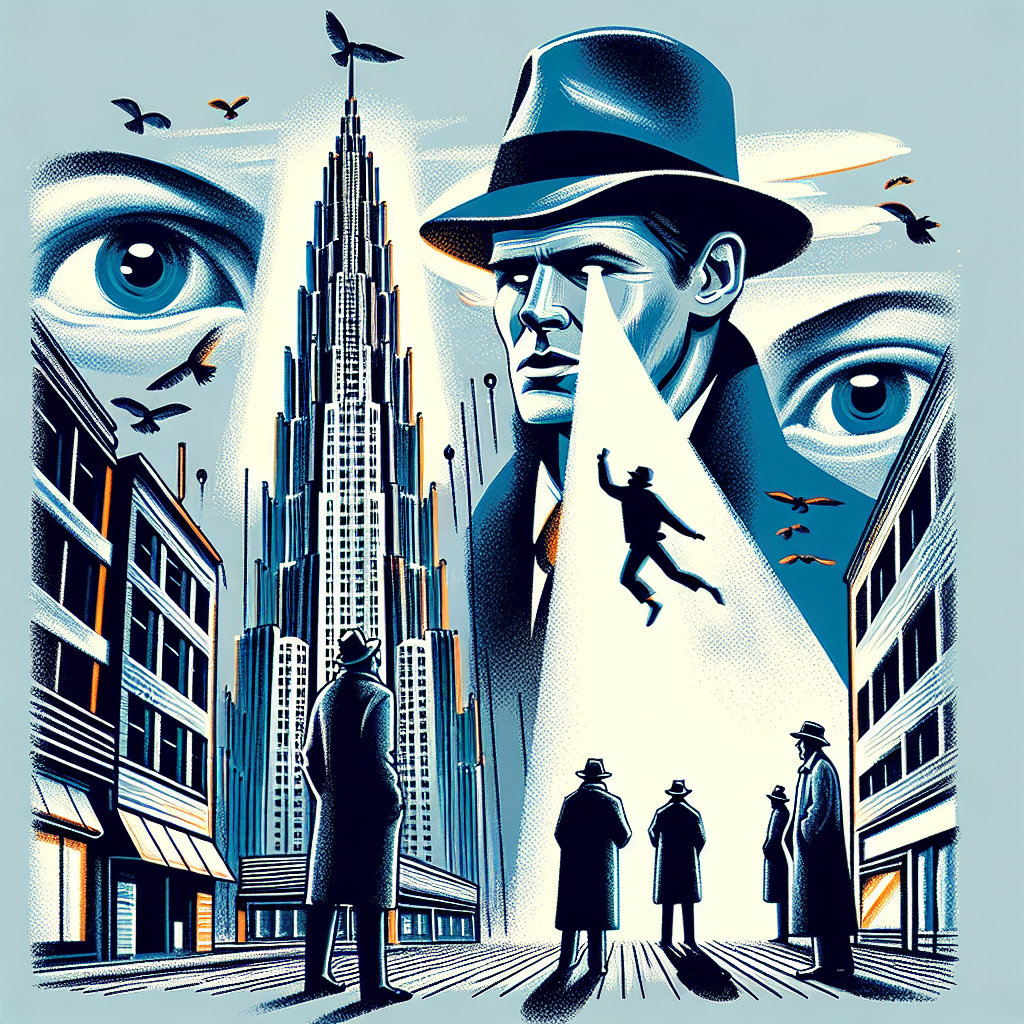Alfred Hitchcock’s "Vertigo" (1958) stands as one of cinema’s most enduring and enigmatic films, a testament to the director’s mastery of suspense and storytelling. Over six decades since its release, "Vertigo" continues to captivate audiences with its complex psychology, innovative techniques, and haunting narrative. Considered a seminal work in the film canon, it has not only shaped the landscape of cinema but also spurred discussions on obsession, identity, and perception.
Cinematic Significance and Historical Context
Released during an era when Hollywood was transitioning from the post-war optimism of the 1950s to a period of introspection and change, "Vertigo" arrived at a pivotal moment. Alfred Hitchcock already had several successful films under his belt, including "Rear Window" (1954) and "North by Northwest" (1959). However, it was "Vertigo" that allowed him to delve deeper into the psychological thriller genre, exploring themes of human frailty and perception.
"Vertigo" did not achieve immediate acclaim upon its release but gained recognition over time, coming to be seen as Hitchcock’s magnum opus. The film’s significance lies not only in its narrative complexity but also in its pioneering use of visual and auditory techniques, which have influenced generations of filmmakers. The combination of these elements saw "Vertigo" being hailed by the British Film Institute’s Sight & Sound critics’ poll as the greatest film of all time in 2012.
Main Themes and Character Arcs
Obsession and Identity
At the heart of "Vertigo" is an exploration of obsession. The film follows retired San Francisco police detective John "Scottie" Ferguson, portrayed by James Stewart. Suffering from acrophobia, Scottie’s fixation with an enigmatic woman, Madeleine Elster (Kim Novak), serves as the catalyst for the film’s exploration of identity and illusion. This obsession blurs the boundaries between reality and fantasy, ultimately leading to tragic outcomes.
Hitchcock’s narrative crafts a psychological puzzle, examining how Scottie’s desires cloud his judgment, making Madeleine both an object of fascination and a projection of his insecurities. The dual role played by Kim Novak, manifesting as both Madeleine and Judy Barton, further complicates the identity theme, raising questions about authenticity and transformation.
Love and Illusion
"Vertigo" deftly portrays love as a powerful but deceptive force. Scottie’s idealization of Madeleine becomes a consuming force, dictating his actions and thoughts. This infatuation with an image rather than reality echoes the surreal tone of the film, challenging perceptions of truth in personal relationships. The falseness of the relationship is mirrored by the film’s visual motifs, such as spirals and mirrors, which symbolize the cascading effect of Scottie’s delusion.
Fear and Psychological Depth
Fear is intrinsic to "Vertigo," magnified not only through Scottie’s acrophobia but also through the dread of losing control. Hitchcock masterfully translates these themes visually, employing innovative techniques such as the "dolly zoom" to represent Scottie’s vertiginous experiences. The technique, now termed "the Vertigo effect," creates a disorienting visual impression that reflects Scottie’s inner turmoil, further immersing audiences into his consciousness.
Cinematic Techniques
Hitchcock’s visionary approach to filmmaking is evident in the meticulous crafting of "Vertigo." Cinematographer Robert Burks uses color symbolism to reinforce narrative themes, utilizing vivid greens and reds to indicate passion, danger, and psychological disturbance. The careful orchestration of these colors enriches the storytelling, reinforcing emotional turns and character developments.
Bernard Herrmann’s score remains an integral component of "Vertigo’s" impact. The haunting orchestral arrangements underpin the film’s dramatic tension and emotional intensity, enhancing the audience’s engagement with the unfolding psychological drama.
In terms of editing and structure, the film defies conventional pacing. The use of long, contemplative sequences invites viewers into the labyrinth of Scottie’s mind, allowing for more profound character introspection and theme exploration.
Cultural, Social, and Historical Reflections
The release of "Vertigo" in 1958 coincided with a period of social transformation. The film’s psychoanalytic underpinnings resonate with the era’s burgeoning interest in Freudian theory, reflective of a society increasingly introspective about human behavior and the subconscious. Themes of identity and transformation also paralleled the cultural shifts of the time, with post-war America grappling with issues of self-identity and existential doubt.
Furthermore, "Vertigo" often serves as a critique of mid-20th-century gender dynamics, examining the male gaze through Scottie’s obsession with Madeleine. The film poses questions about control, objectification, and autonomy, tapping into ongoing discourses around gender roles.
Legacy and Influence
"Vertigo" has left an indelible mark on the world of cinema. Its innovative use of visual narrative strategies and psychological tension has inspired numerous filmmakers, including Martin Scorsese and Brian De Palma. The film’s exploration of themes like identity and fixation has echoed throughout cinematic history, influencing works such as "Mulholland Drive" (2001) by David Lynch and "Black Swan" (2010) by Darren Aronofsky.
Beyond its technical achievements, "Vertigo" has propelled discussions on the medium’s potential to explore deep-seated psychological narratives, expanding the genre boundaries of suspense and thriller films.
Conclusion and Reflections
"Vertigo" remains a thought-provoking masterpiece, inviting reflections on the intricacies of the human psyche and the nature of desire. As viewers, we are prompted to consider: How do our perceptions shape our realities? Can we ever fully understand the objects of our obsession? How has the portrayal of gender dynamics in "Vertigo" resonated with contemporary conversations about autonomy and identity?
In the context of today’s world, "Vertigo" continues to challenge and engage, offering timeless insights into the complexities of human experience. Its relevance endures, inspiring new generations to grapple with the questions it raises about reality, illusion, and the mysteries that lie within us all. It is a film that rewards multiple viewings, with each experience unveiling new layers and provoking deeper contemplation on its enduring themes.
Got more questions? Our personalized Movies Explorer AI assistant is here to help. Click here to start a conversation!
[Advertisement]
Looking for deeper meaning in your favorite movies? Discover how ANY movie relates to positive biblical principles with Movies and Scripture GPT from BGodInspired.com. Click here to explore insights you might not have realized! . Simply key in any movie and let it show you insights you might not have realized otherwise!
[Advertisement]

